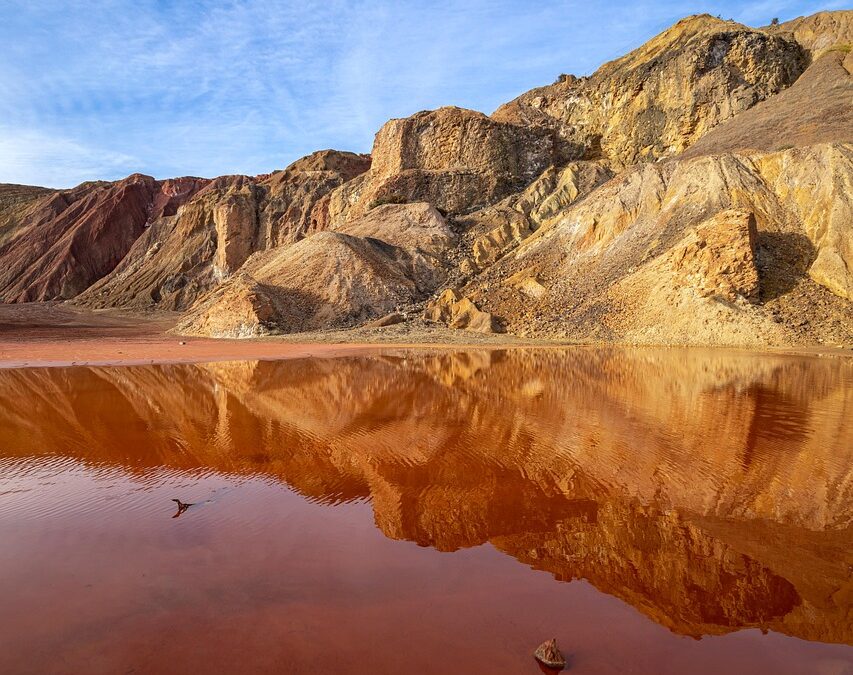On May 2, 1972, a deadly fire broke out deep inside the Sunshine Mine in Kellogg, Idaho—then one of the nation’s most productive silver mines. By day’s end, the fire had claimed 91 lives, marking one of the worst mining disasters in U.S. history. That immense loss forced the industry to face hard truths. The tragedy exposed serious gaps in safety protocols and sparked sweeping reforms across mining operations.
This shift wasn’t just about new policies—it was about honoring lives lost, learning from failure, and working to prevent future tragedies. Today, the Sunshine Mine stands as a powerful reminder: every safety rule carries the weight of real human lives.
The Factors Leading to the Sunshine Mine Fire
Before the disaster, the Sunshine Mine earned a reputation for strong production but fell short on safety. Underground, workers regularly encountered flammable materials, and the outdated ventilation system couldn’t handle the demands of the expanding operation. Even worse, the mine lacked modern fire detection and suppression systems. These unsafe conditions created a high-risk environment where one spark quickly triggered a deadly chain of events—which is exactly what happened.
The Sunshine Mine Disaster: What Happened on May 2, 1972
On the morning of May 2nd, a fire started deep inside the mine. Thick smoke spread rapidly through the tunnels, surprising the 173 miners working underground. Many rushed to escape, but poor communication and the absence of a solid emergency plan led to chaos. As carbon monoxide filled the mine, the gas overwhelmed 91 men—most died from poisoning. The disaster shocked the nation and exposed the mine’s failure to prepare for a crisis of this scale.
What Went Wrong: Causes and Safety Failures
Although the exact cause of the fire remains unclear—possibly electrical failure or spontaneous combustion—the real failure lay in the mine’s poor safety infrastructure. The mine had no reliable fire detection system. Most workers lacked personal breathing devices, and communication systems were outdated. The company also failed to provide basic evacuation training. As a result, a potentially survivable situation turned deadly for more than half the men on shift that day.
Response and Scrutiny: Rescue Efforts and Government Accountability
In the days that followed, rescue teams worked around the clock, hoping to find survivors. Miraculously, two miners were found alive after spending a week trapped underground. Their survival was one of the only bright spots in a dark chapter that drew national attention. Public outrage grew, and government officials launched investigations into not only the Sunshine Mine, but mine safety across the country. The scrutiny that followed signaled a clear message: the status quo could no longer stand.
The Human Cost: Lives Lost and The Effect of Mining Accidents on Communities and Families
The disaster devastated the tight-knit town of Kellogg. These weren’t just miners—they were fathers, brothers, sons, and friends. Funerals were held almost daily in the weeks that followed. The emotional and psychological toll rippled through families and the wider community. The effect of mining accidents on communities and families was no longer an abstract concern—it was visible, heartbreaking, and urgent. The tragedy made it clear that worker safety is not just an economic issue, but a deeply human one.
Honoring the Fallen: Remembering the Sunshine Miners
Since the disaster, the miners who died have been honored with memorials and annual remembrance ceremonies. A permanent monument stands near the mine, and every year, families and community members gather to reflect and pay tribute. Their memory lives on—not only in the hearts of loved ones, but in the reforms their loss helped inspire. The men of Sunshine are remembered not just for how they died, but for how their story helped protect others.
How Tragedy Sparked Legislative Change: MSHA and the 1977 Mine Act
The Sunshine Mine Disaster helped push lawmakers to act. In 1977, five years after the tragedy, Congress passed the Federal Mine Safety and Health Act. This landmark legislation created the Mine Safety and Health Administration (MSHA), a federal agency with real authority to enforce safety laws, conduct inspections, and mandate training. Before this, many safety rules were only recommendations. Sunshine showed the deadly cost of relying on voluntary compliance and cemented the need for enforceable, nationwide standards.
Technological and Procedural Changes Post-Sunshine
In response to the disaster, mines across the country began adopting new safety measures. Self-rescuers—small personal breathing devices—became mandatory. Fire-resistant materials were introduced, and communication systems were upgraded. Ventilation requirements were tightened, and regular evacuation drills became standard practice. These changes weren’t just reactive—they were transformative, setting a new baseline for how mining operations should prioritize worker safety.

Long-Term Impact: How the Disaster Changed Mining Practices
The Sunshine Mine Disaster left a lasting legacy that still shapes mining safety today. It shifted the industry from reactive fixes to a prevention-focused culture. After the tragedy, companies improved equipment, training, and oversight across the board. More importantly, the disaster changed the industry’s mindset—safety could no longer take a back seat. It had to become a core part of daily operations.
Why the Sunshine Mine Still Matters Today
More than five decades later, the Sunshine Mine Disaster continues to shape mine policy and safety culture. It’s a sobering reminder that every safety regulation has a backstory—one often written in pain and loss. But the changes that followed have saved countless lives. The story of Sunshine also speaks to the broader effect of mining accidents on communities and families and why safety reforms must always be grounded in human impact.
As the industry evolves and new risks emerge, the lessons of Sunshine remain as important as ever. By remembering what went wrong—and who was lost—we honor their legacy and help ensure that future miners return home safely. The Sunshine Mine still matters because it changed everything.

